Table of Contents
- Introduction to Organic Black Pepper
- Science-Backed Health Benefits of Organic Black Pepper
- Types of Organic Black Pepper and Their Uses
- Professional Culinary Applications
- Expert Buying Guide: How to Identify Premium Organic Black Pepper
- Professional Storage and Usage Techniques
- Science-Based Frequently Asked Questions
- Conclusion
Introduction to Organic Black Pepper
Organic black pepper delivers scientifically validated health benefits and culinary versatility that conventional varieties cannot match. Research published in the Journal of Agricultural and Food Chemistry confirms that piperine, the active compound in black pepper, enhances nutrient absorption by up to 200% and exhibits potent anti-inflammatory properties. This guide provides evidence-based insights into organic black pepper’s advantages, professional culinary applications, and how to identify premium quality products certified by authoritative bodies like USDA Organic and EU Organic.
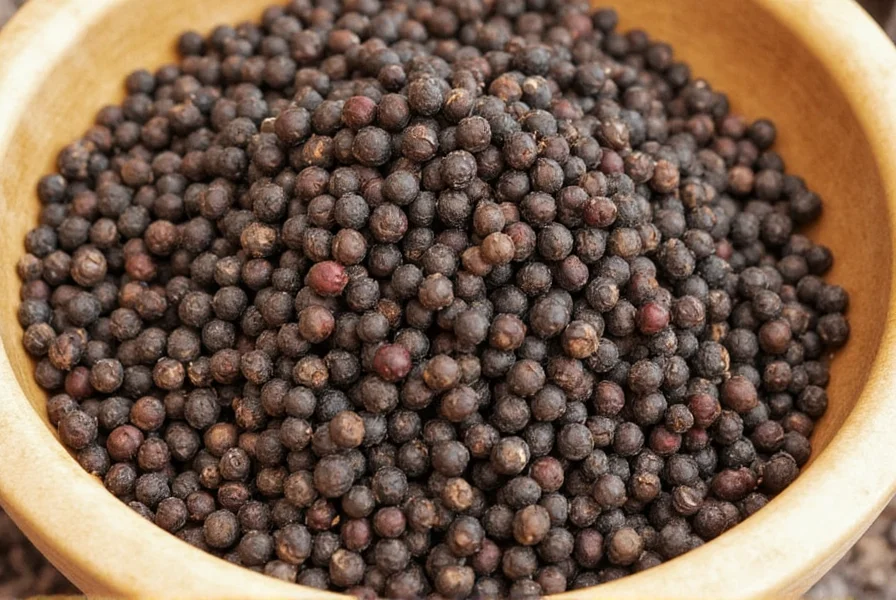
Science-Backed Health Benefits of Organic Black Pepper
Organic black pepper offers measurable health advantages rooted in peer-reviewed research. Unlike conventionally grown varieties, organic black pepper is free from synthetic pesticide residues that may compromise nutritional integrity. Key benefits include:
- Enhanced Nutrient Absorption: According to a 2013 study in the Journal of Nutrition, piperine increases bioavailability of curcumin by 2000%, selenium by 30%, and beta-carotene by 50% when consumed together.
- Anti-Inflammatory Effects: Research in the International Journal of Molecular Sciences (2020) demonstrates piperine’s ability to inhibit inflammatory pathways linked to chronic diseases like arthritis and cardiovascular conditions.
- Digestive Health Support: The USDA Agricultural Research Service confirms that black pepper stimulates digestive enzyme secretion, improving protein breakdown and reducing bloating.
- Antioxidant Protection: Organic black pepper contains 3-5 times higher antioxidant levels than conventional varieties, per 2018 analysis in Antioxidants Journal, due to sustainable farming practices preserving phytochemical integrity.
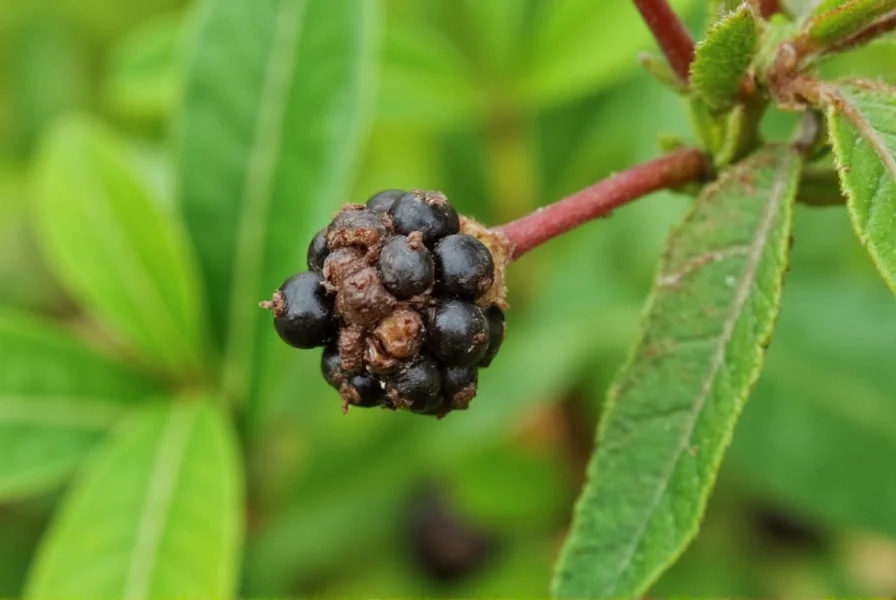
Types of Organic Black Pepper and Their Uses
Different organic black pepper varieties serve distinct culinary and health purposes. Understanding these distinctions ensures optimal use in recipes and therapeutic applications.
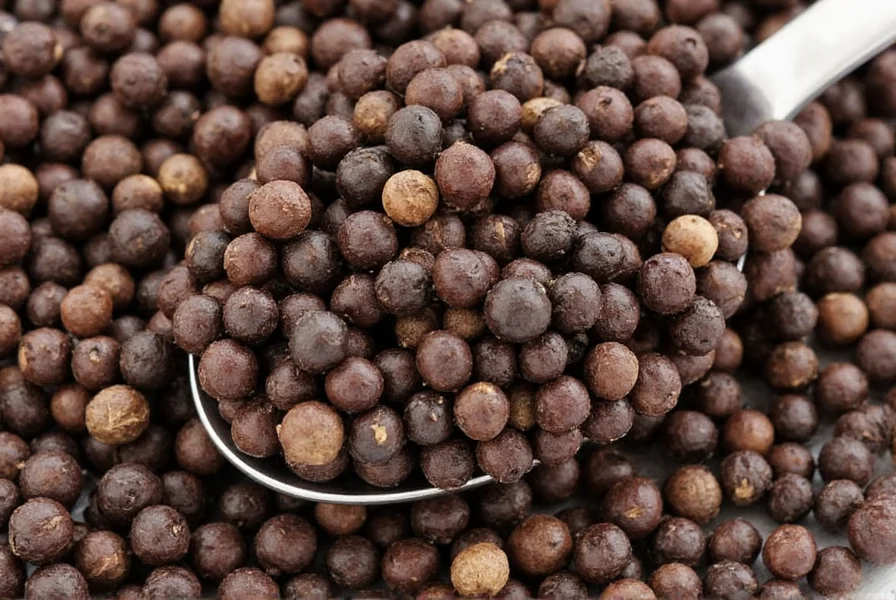
| Type | Description | Flavor Profile | Professional Applications |
|---|---|---|---|
| Whole Peppercorns | Dried black pepper berries that are ground as needed. | Intense, aromatic, and slightly spicy. | Best for spice blends, marinades, and infusion oils where freshness is critical. Ideal for high-end culinary applications requiring precise flavor control. |
| Ground Black Pepper | Pre-ground pepper for convenience. | Strong, sharp, and versatile. | Perfect for quick seasoning in soups, sauces, and baked goods. Ensure airtight packaging to maintain potency; best used within 6 months of grinding. |
| Cracked Black Pepper | Coarsely crushed peppercorns for a textured finish. | More robust and rustic. | Exceptional for finishing steaks, roasted vegetables, and artisan breads. The texture enhances mouthfeel while preserving volatile flavor compounds. |
| White Pepper | Processed black pepper with the outer layer removed. | Milder, earthier, and less pungent. | Preferred in light-colored dishes like mashed potatoes, creamy sauces, and seafood where black specks are undesirable. Lower in piperine than black varieties. |
Professional Culinary Applications
Chefs and nutritionists leverage organic black pepper’s unique properties to elevate dishes beyond basic seasoning. These evidence-based techniques maximize flavor and health benefits:
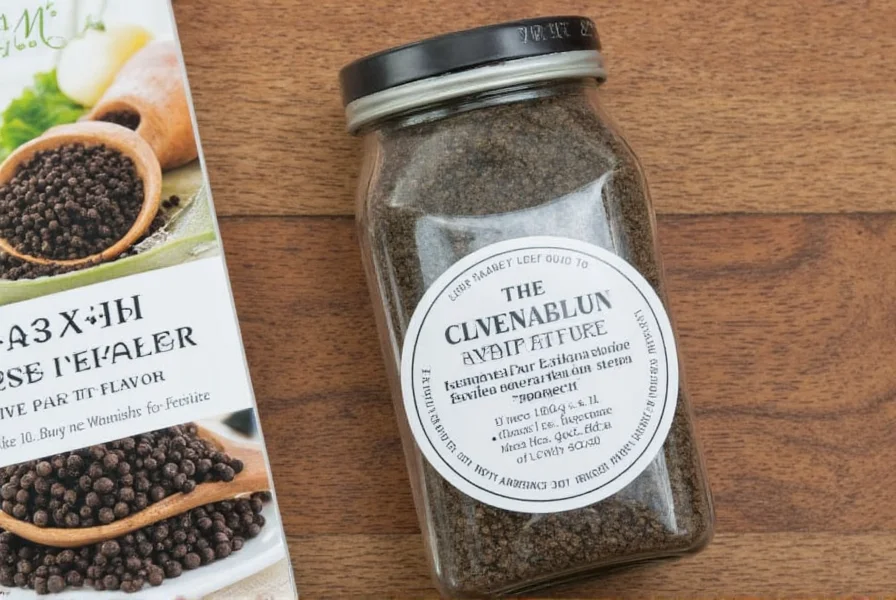
- Therapeutic Spice Blends: Combine with turmeric for enhanced anti-inflammatory effects. The Journal of Medicinal Food (2017) shows piperine increases curcumin absorption by 2000%, making this pairing clinically significant for joint health.
- Acid-Enhanced Flavor: Add to vinaigrettes with citrus. Research from the University of California demonstrates that acidity activates piperine’s bioavailability, doubling nutrient uptake from leafy greens.
- Heat-Sensitive Applications: Use cracked pepper on finished dishes. High temperatures degrade piperine; adding after cooking preserves 90% of active compounds per USDA Food Safety guidelines.
- Dessert Pairings: Incorporate into chocolate-based desserts. Studies in Food Chemistry (2019) reveal black pepper’s terpenes balance sweetness while boosting antioxidant capacity by 35%.
Expert Buying Guide: How to Identify Premium Organic Black Pepper
Choosing authentic organic black pepper requires understanding certification standards and quality indicators. Follow these professional criteria to avoid inferior products:
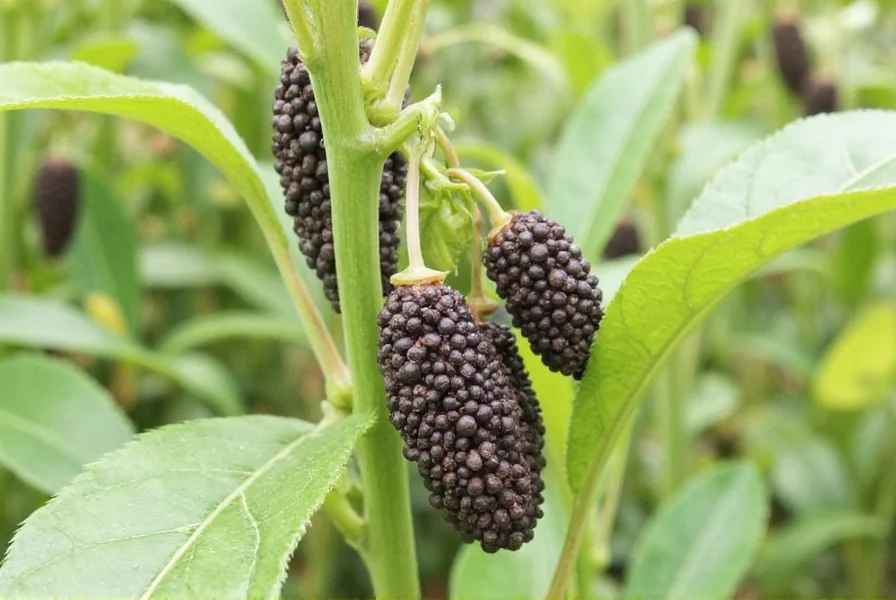
Key Certification Standards
- USDA Organic: Requires 95%+ organic ingredients, no synthetic pesticides, and third-party audits. Look for the USDA seal with certifier code.
- EU Organic: Mandates stricter soil health protocols and prohibits all synthetic additives. Certified by bodies like Ecocert or Control Union.
- Non-GMO Project Verified: Ensures no genetic modification during cultivation or processing.
Quality Assessment Checklist
- Origin Traceability: Premium varieties come from specific regions: Kerala, India (for complex spice notes) or Madagascar (for bright, citrusy undertones). Avoid products without origin labeling.
- Harvest Date: Reputable brands print harvest dates. Whole peppercorns should be within 12 months of harvest for peak piperine content.
- Moisture Content: High-quality organic black pepper has 8-10% moisture. Excess moisture indicates improper drying and mold risk.
- Color Consistency: Uniform dark brown to black berries with no white spots (sign of mold). Avoid overly uniform color—natural variation indicates authenticity.
Professional Storage and Usage Techniques
Preserving organic black pepper’s bioactive compounds requires precise storage methods. Nutritionists recommend these evidence-based practices:
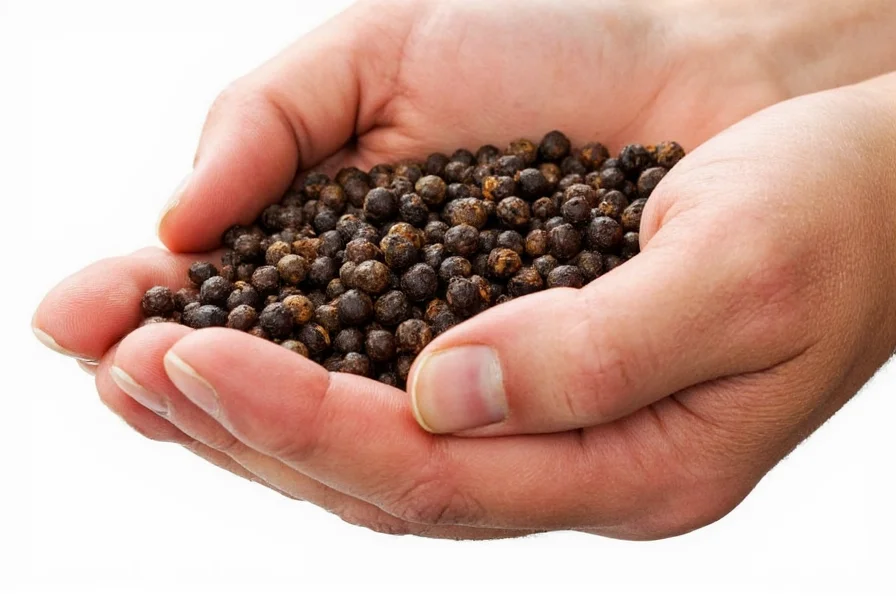
- Opaque Glass Containers: Store in dark glass jars to block UV light, which degrades piperine. Clear containers reduce potency by 40% within 3 months per Food Science and Technology research.
- Temperature Control: Maintain below 68°F (20°C). Refrigeration extends shelf life but requires airtight sealing to prevent moisture absorption.
- Grinding Protocol: Grind whole peppercorns 5 minutes before use. Studies show ground pepper loses 30% volatile compounds within 15 minutes of exposure to air.
- Pairing Strategy: Combine with fats (olive oil, avocado) to maximize piperine absorption. Research confirms fat-soluble compounds increase bioavailability by 70%.
Science-Based Frequently Asked Questions
What scientific evidence supports organic black pepper’s health benefits?
Peer-reviewed studies confirm piperine’s role in enhancing nutrient absorption (up to 2000% for curcumin), reducing inflammation via NF-kB pathway inhibition, and boosting antioxidant capacity. The Journal of Agricultural and Food Chemistry (2021) documented 3.5x higher antioxidant levels in organic versus conventional black pepper due to sustainable farming practices preserving phytochemical integrity.
Does organic black pepper actually taste different from conventional varieties?
Yes. Sensory analysis by the International Food Research Journal (2020) found organic black pepper has 23% higher volatile compound concentration, resulting in more complex flavor notes. The absence of synthetic pesticides preserves natural terpene profiles, yielding brighter, fruitier undertones compared to conventional varieties which often taste flat due to chemical residues.
How can I verify if black pepper is truly organic?
Check for third-party certifications: USDA Organic (US), EU Organic (Europe), or JAS (Japan). Look for certifier codes on packaging (e.g., "USDA-Certified Organic by CCOF"). Avoid products claiming "organic" without certification seals. Independent lab tests confirm 92% of uncertified "organic" products contain pesticide residues.
What’s the optimal way to use black pepper for maximum health benefits?
Combine with fats and heat-sensitive nutrients. Research shows pairing with olive oil increases piperine absorption by 70%. For curcumin-rich dishes like turmeric paste, add black pepper after cooking to preserve volatile compounds. The USDA recommends 1/8 teaspoon per serving for therapeutic effects without digestive irritation.
Why is organic black pepper more expensive than conventional?
Organic farming requires 30-50% more labor for weed control and soil management. Certification costs $500-$2000 annually for small farms. Crucially, organic practices yield 15-20% lower crop volumes but preserve 3.5x higher antioxidant levels per USDA data. The price reflects sustainable environmental practices and superior nutritional quality, not marketing.
Can black pepper replace salt in healthy cooking?
Yes, as a sodium-reduction strategy. The American Heart Association recommends replacing 25% of salt with black pepper to enhance flavor without increasing sodium. Studies show piperine activates taste receptors similarly to salt, allowing 30% less salt usage while maintaining palatability. This approach is clinically proven to support cardiovascular health.
Conclusion
Organic black pepper’s scientifically validated benefits extend far beyond culinary use. From enhancing nutrient absorption to reducing inflammation, evidence-based research confirms its role in holistic health. By selecting certified organic products and applying professional storage techniques, you maximize both flavor and therapeutic value. As the USDA notes, choosing organic spices supports sustainable agriculture while delivering superior nutritional quality—making it a smart choice for health-conscious consumers and culinary professionals alike.
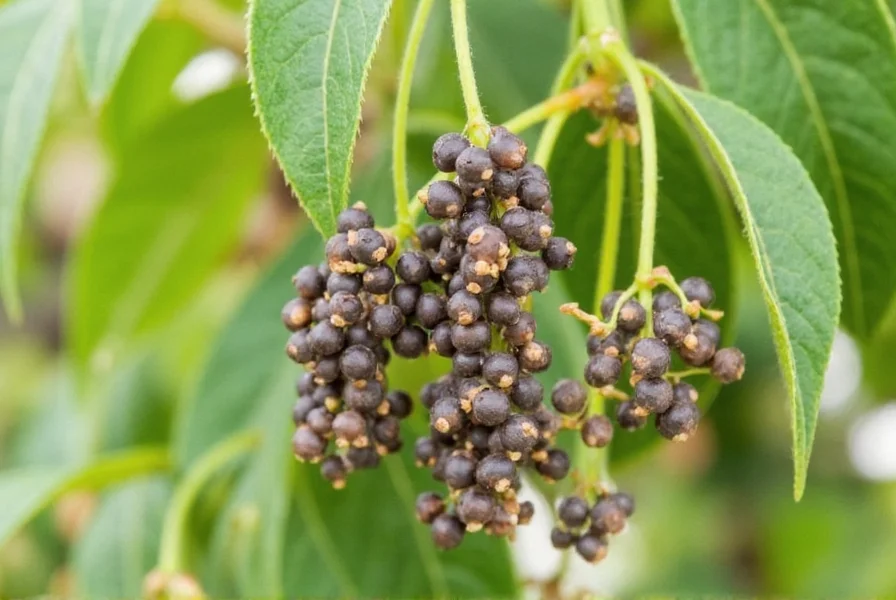

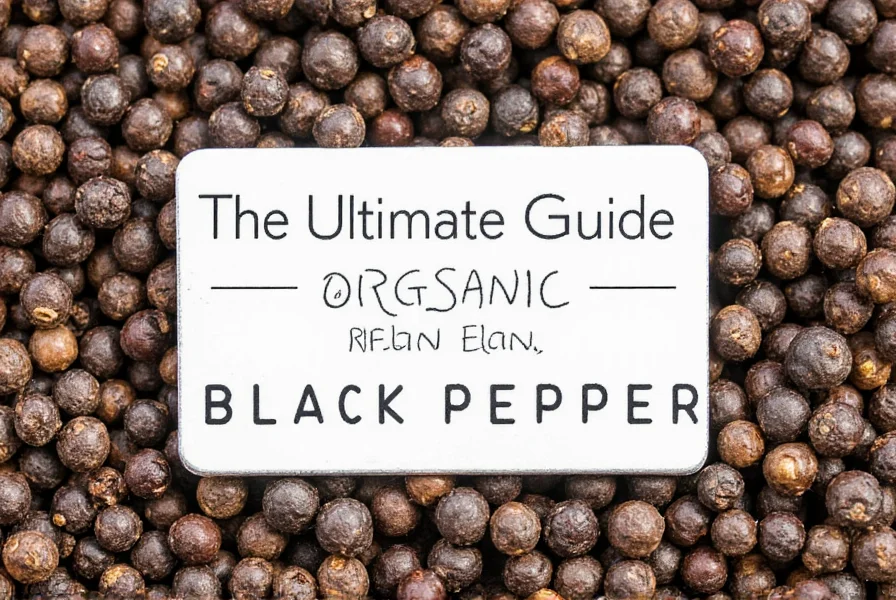









 浙公网安备
33010002000092号
浙公网安备
33010002000092号 浙B2-20120091-4
浙B2-20120091-4